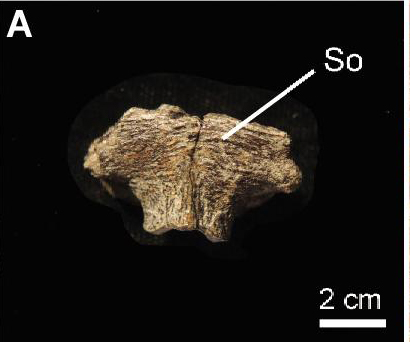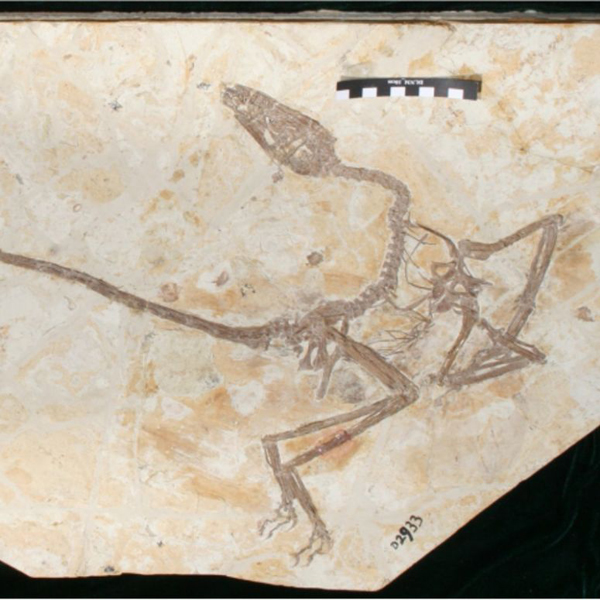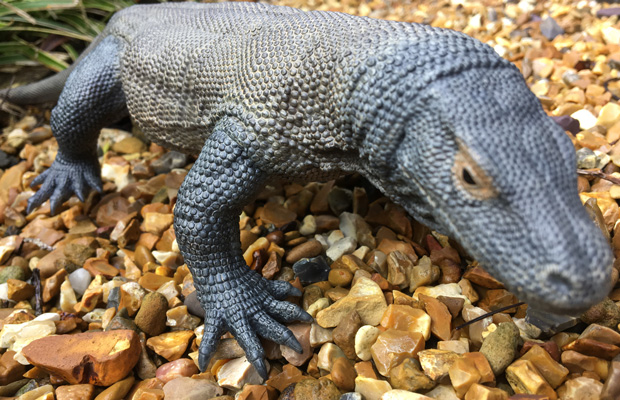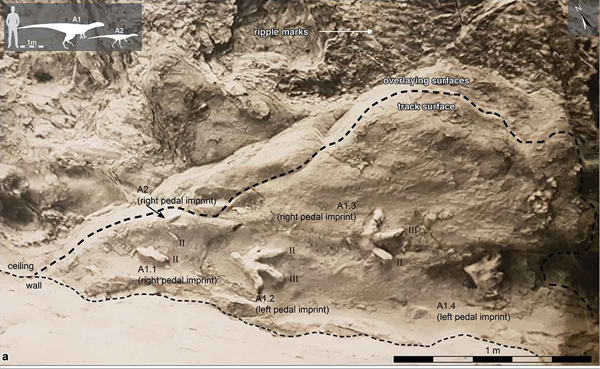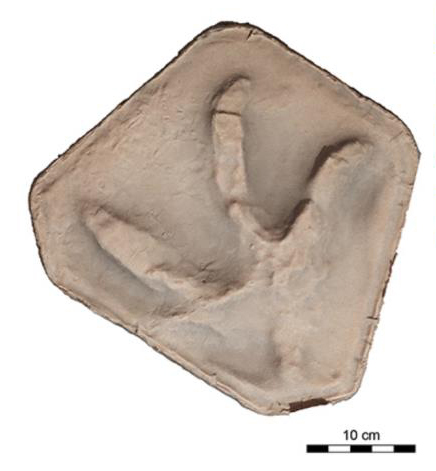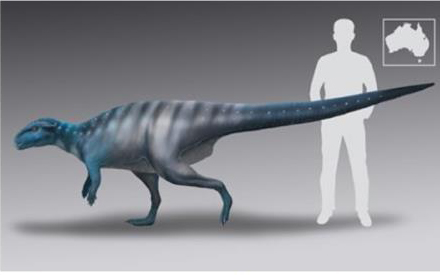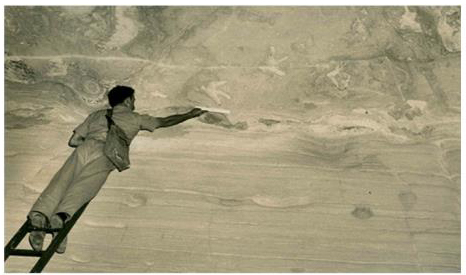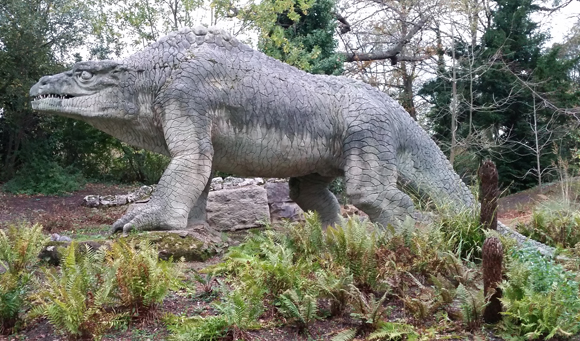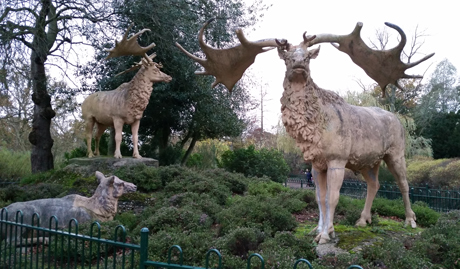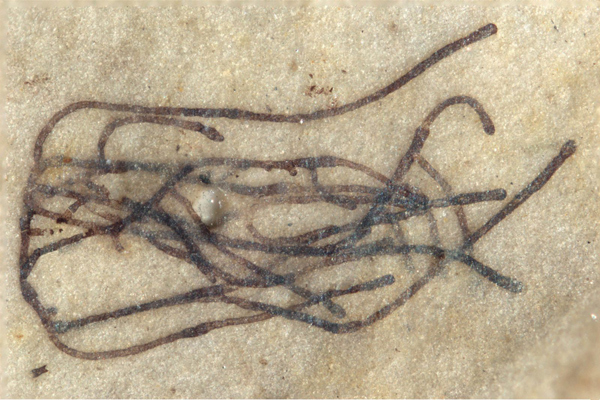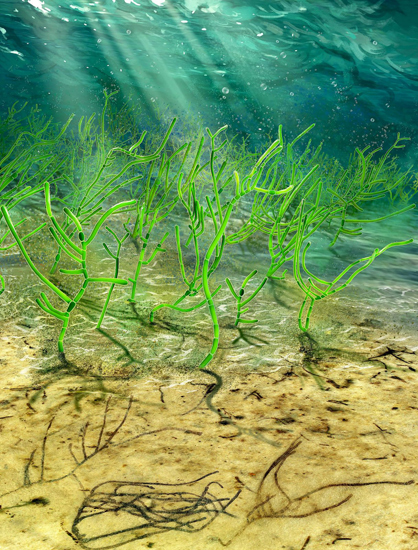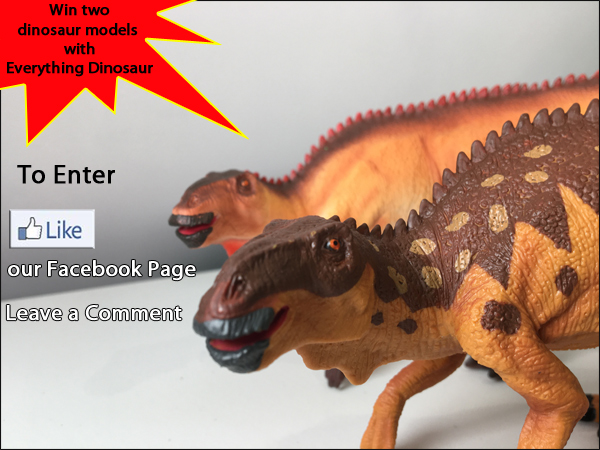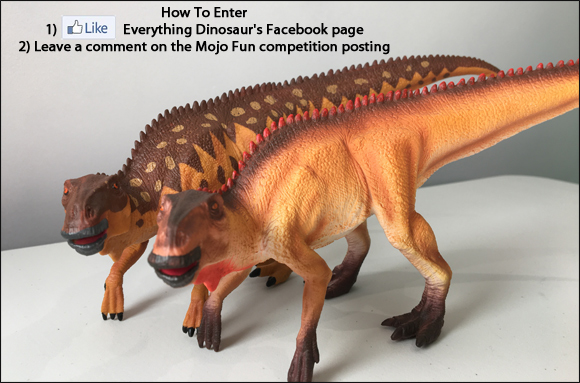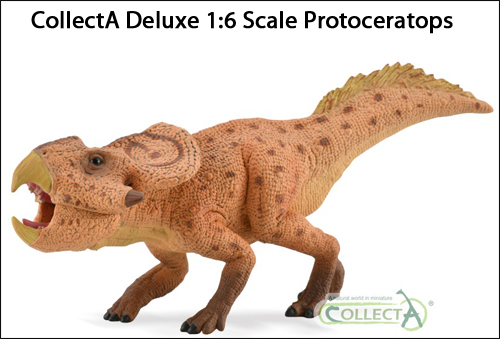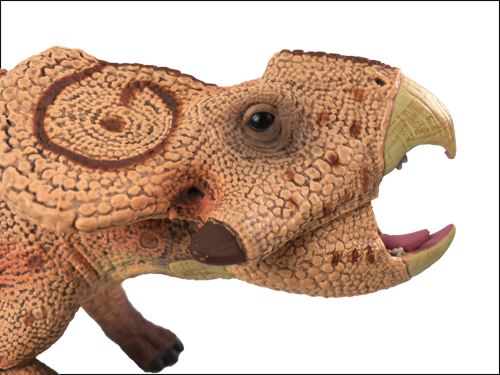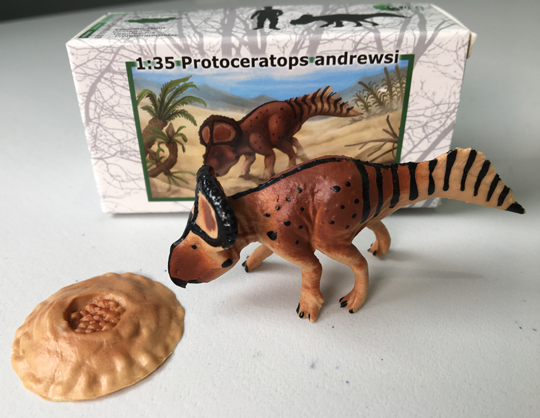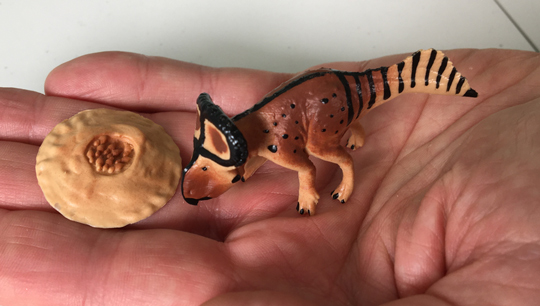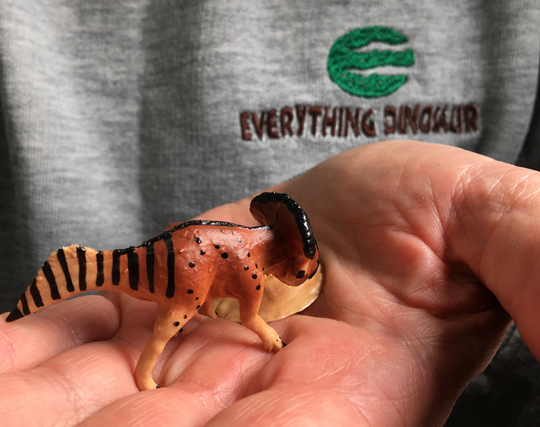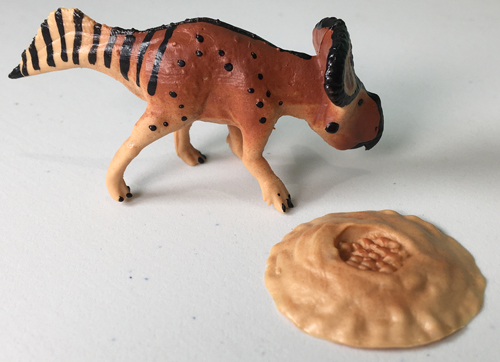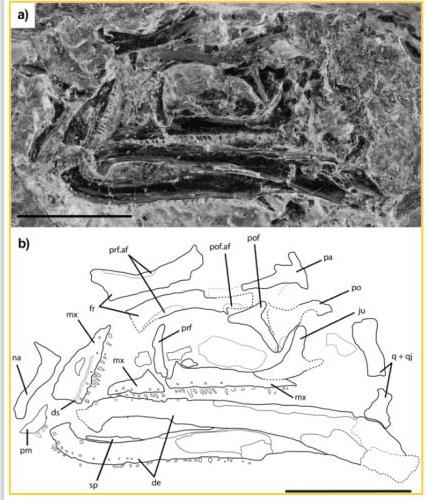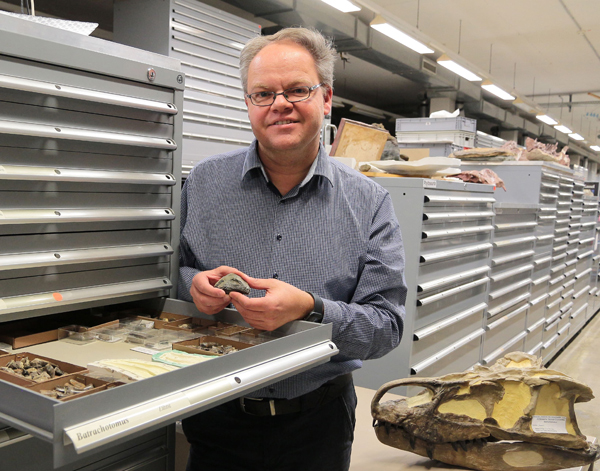Has Dinosaur DNA Been Found?
Cartilage, Proteins, Potential DNA Preserved in Juvenile Duck-billed Dinosaur
Whisper it quietly, but the debate about how long organic materials such as DNA can remain preserved with fossils without complete destruction and decay is about to be reignited. An international team of researchers have identified possible evidence of fossilised cell nuclei, chromosomes with indications of DNA within the preserved, calcified cartilage of a baby duck-billed dinosaur that roamed Montana around 75 million years ago.
This discovery does not take us one step nearer to a “Jurassic Park” scenario, but it does challenge current thinking about how long delicate organic material such as DNA can persist.
A View of the Skull Bone (Supraoccipital) of the Juvenile Hypacrosaurus
Picture credit: A. Bailleul et al (National Science Review)
Dinosaur DNA
Writing in the journal “National Science Review”, researchers from the Institute of Vertebrate Palaeontology and Palaeoanthropology (Chinese Academy of Sciences), report their findings in collaboration with Mary Schweitzer of North Carolina State University, a pioneer in dinosaur soft tissue research.
The fossil material was collected in 1988 by American palaeontologist Jack (John) Horner. It heralds from the Two Medicine Formation (Campanian faunal stage of the Late Cretaceous), in north-western Montana. The fossilised bone comes from a genus of the lambeosaurine hadrosaur Hypacrosaurus (H. stebingeri).
The scientists conducted a microscopic analysis of fragmentary skull bones (supraoccipital bone – located towards the back of the skull), associated with very young animals (skull length about 20 cm and total body length less than 2 metres). Corresponding author of the scientific paper, Alida Bailleul (Institute of Vertebrate Palaeontology and Palaeoanthropology), noticed a handful of beautifully preserved cell-like structures within the calcified cartilage on the edges of the skull bone. Two cartilage cells were still linked together by an intercellular bridge, morphologically consistent with the end of cell division.
Hypacrosaurus DNA Study

Picture credit: A. Bailleul et al (National Science Review)
Dark Elongated Structures Within the Cells
Inside the cells, dark material resembling the cell nucleus was identified. One cartilage cell preserved dark, elongated thread-like structures morphologically consistent with chromosomes.
Bailleul and Schweitzer, in collaboration with Zheng Wenxia (North Carolina State University), then set out to determine whether original molecules were also preserved in the dinosaur cartilage. The researchers performed immunological and histochemical analyses on the skull of another nestling Hypacrosaurus from the same nesting ground. The immunological test supports the presence of remnants of original cartilaginous proteins in this dinosaur.
The researchers also isolated individual Hypacrosaurus stebingeri cartilage cells and applied two DNA stains, DAPI and PI. These bind specifically to DNA fragments in extant material and some of the isolated dinosaur cells showed internal, positive binding in the same pattern seen in modern cells. In essence, the fragments reacted positively to the staining suggesting some original dinosaur DNA may be preserved.
Commenting on the significance of this study, Alida Bailleul stated:
“These new, exciting results add to growing evidence that cells and some of their biomolecules can persist for a long time. They suggest DNA can be preserved for tens of millions of years and we hope this study will encourage scientists working on ancient DNA to push current limits and use new methodology in order to reveal all the unknown molecular secrets that ancient tissues have.”
Can DNA Survive for Millions of Years?
This research is likely to court controversy. The possibility that DNA can survive for seventy-five million years is not widely accepted by the scientific community. It is generally believed that the half-life of DNA is around five hundred years and that it does not persist in any form after several hundred thousand years.
For example, in 2013, Everything Dinosaur reported upon the discovery of a DNA sequence preserved in the fossil leg bone of an ancient horse that roamed Canada around 700,000 years ago. To read more about this research: Ancient Fossil Helps to Decode Horse Evolution.
If these results can be replicated and the data verified, then this would indicate that DNA, in some form, although highly degraded, might persist in the fossil record for tens of millions of years. It might be possible to recover and sequence other samples of DNA from long extinct creatures.
A Life Reconstruction of the Hypacrosaurus stebingeri Nursery
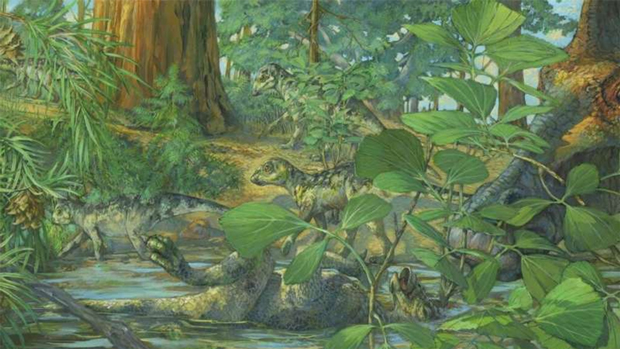
Picture credit: Michael Rothman/Science China Press
No “Jurassic Park”
However, this study does not mean that a dinosaur-themed safari park as depicted in the “Jurassic Park” franchise is just around the corner.
Bailleul explained:
“Here we have probably fossilised remnants, very minute amounts of fossilised dinosaur DNA, but that is a hypothesis at this stage. The original dinosaur DNA might be transformed chemically during fossilisation. No one really understands what happens to DNA in material so old, but our study encourages more research in ancient DNA to understand the processes of DNA fossilisation. Our data suggest some DNA may still be preserved in these dinosaur cells, but it will never be possible to recreate a dinosaur. Once a species goes extinct, it’s extinct forever.”
The research team conclude that the identification of chemical markers of DNA in Hypacrosaurus suggest DNA may preserve much longer than originally proposed. Even though it is clear that contamination does exist in fossil material and complicates identifications of original organic molecules, it can be accounted for with proper controls.
This research does not suggest that dinosaurs can be resurrected and brought back from extinction, but this study might represent a significant landmark in how ancient DNA could be identified and used to trace the evolution of life.
Related articles: Researchers Confirm Dinosaur Collagen.
In addition: Dinosaur Claw Proteins Preserved in 75 million-year-old Dinosaur.
Everything Dinosaur acknowledges the assistance of a media release from North Carolina State University in the compilation of this article.
The scientific paper: “Evidence of proteins, chromosomes and chemical markers of DNA in exceptionally preserved dinosaur cartilage” by Alida M Bailleul, Wenxia Zheng, John R Horner, Brian K Hall, Casey M Holliday and Mary H Schweitzer published in National Science Review.
The Everything Dinosaur website: Everything Dinosaur.


